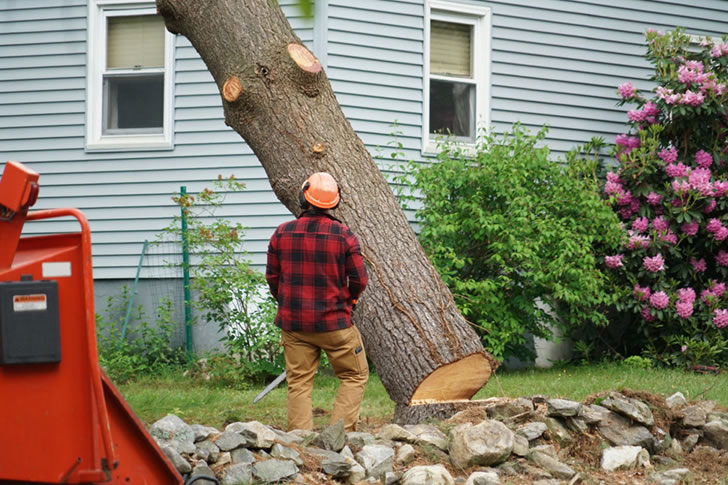How To Get Cheap Tree Removal Service For Seniors
Tree removal can be a necessary but expensive task, especially for seniors living on fixed incomes. The risk associated with decaying or structurally unsound trees makes it imperative to address these issues promptly. Fortunately, there are several ways to reduce the costs associated with tree removal, allowing for safety without breaking the bank.

Understanding the Costs Involved in Tree Removal
Before seeking ways to reduce costs, it’s important to understand what contributes to the pricing of tree removal services. Several factors play into the cost, including the size of the tree, its location, the complexity of the removal, and the potential risk involved. On average, homeowners can expect to pay between $200 and $2,000, with most spending around $750 for tree removal. However, prices can escalate depending on the tree’s condition and proximity to buildings or power lines.
Options for Reducing Tree Removal Costs for Seniors
1. Senior Discounts and Special Programs
Many service providers offer discounts to seniors, typically ranging from 10% to 15%. It’s crucial for seniors or their caregivers to inquire about these discounts when soliciting quotes. Additionally, some local governments and nonprofit organizations provide financial assistance programs geared towards seniors for home maintenance, including tree removal.
2. Grants and Assistance Programs
In some regions, grants are available to assist seniors with various home maintenance costs, including landscaping and tree removal. Organizations like the USDA provide grants through programs like the Housing Preservation Grant, which assists low-income homeowners in repairing and rehabilitating their homes. Checking with local community development agencies can uncover opportunities for financial assistance.
3. Community Help and Volunteering
Sometimes local communities or faith-based organizations have volunteers who assist seniors with yard maintenance. Groups like the United Way, local Scout troops, or church groups might be willing to help, especially if the work is not too hazardous and does not require professional expertise.
4. Bartering and Trading Services
If a senior has a skill or service they can offer, bartering could be an option for reducing costs. For example, offering accounting help or artistic skills in exchange for tree services might be an attractive proposition for small, local businesses looking to cut their expenses.
5. Choose the Right Time for Tree Removal
The cost of tree removal can vary depending on the time of year. Winter, when there is less demand for landscaping and tree services, may be a cheaper time to schedule tree removal. It’s always wise to ask about seasonal pricing differences.
6. Getting Multiple Quotes and Negotiating
It is advisable to get multiple quotes to ensure competitive pricing. Seniors should not hesitate to negotiate pricing, particularly if they have multiple lower bids to leverage. Transparent discussions about budget constraints may also lead service providers to offer more cost-effective solutions.
7. Consider Partial Removal or Trimming
In some cases, complete tree removal may not be necessary. Consulting with a professional about the possibility of trimming or removing only hazardous sections of the tree can significantly reduce costs while maintaining safety.
Conclusion
Finding affordable tree removal services as a senior requires a mix of research, asking for discounts, seeking out assistance programs, and timing the service appropriately. By exploring these options, seniors can maintain their property safely without enduring financial strain.







Recent Comments